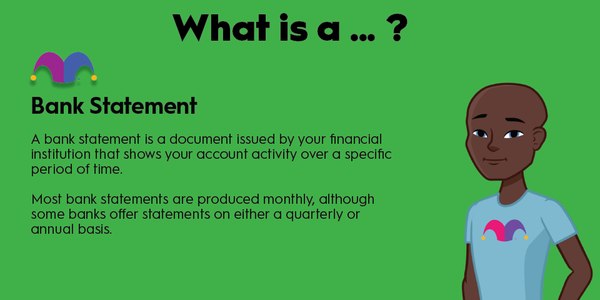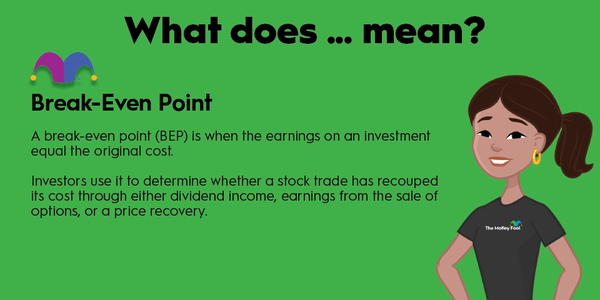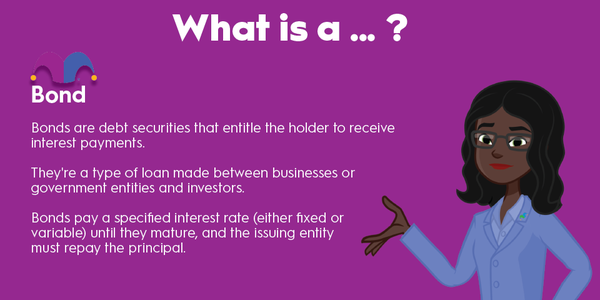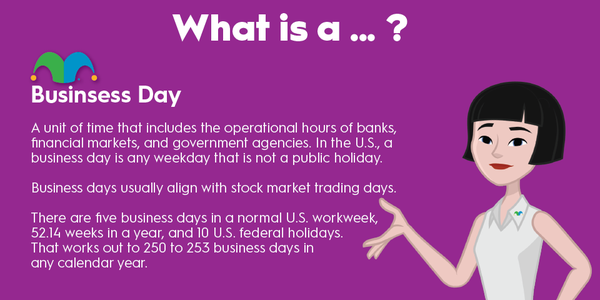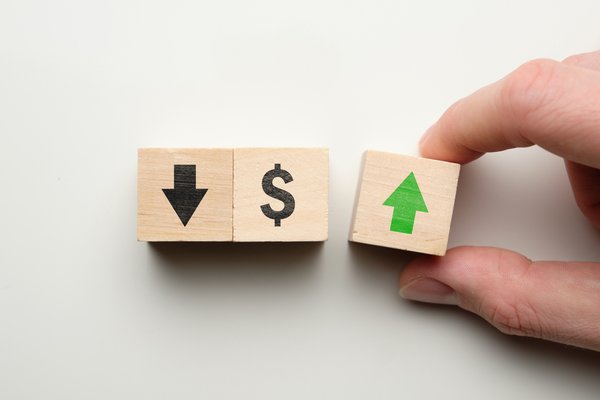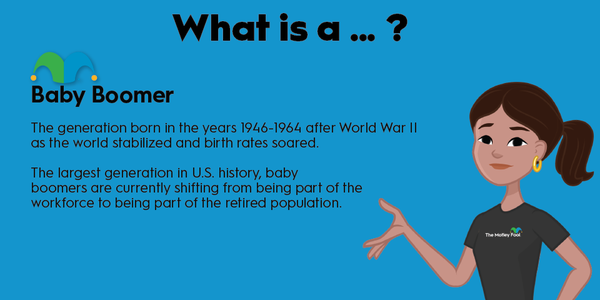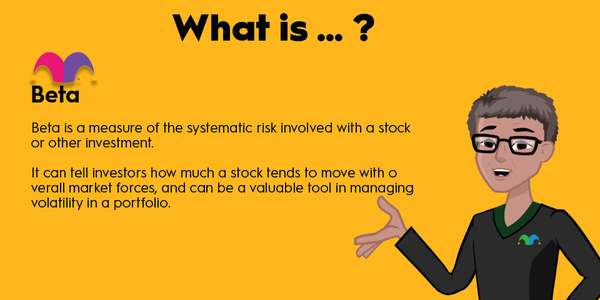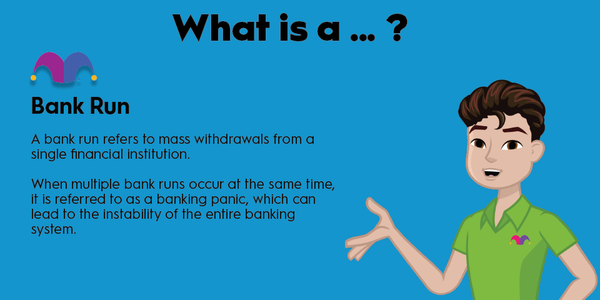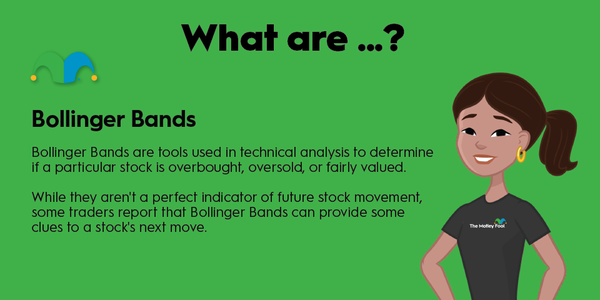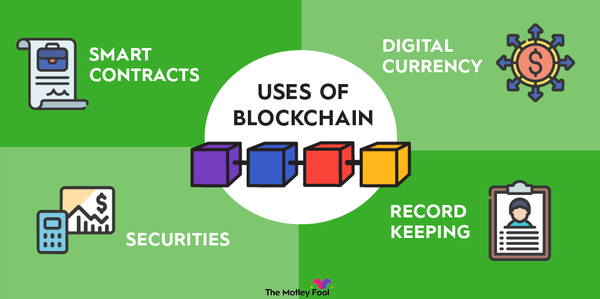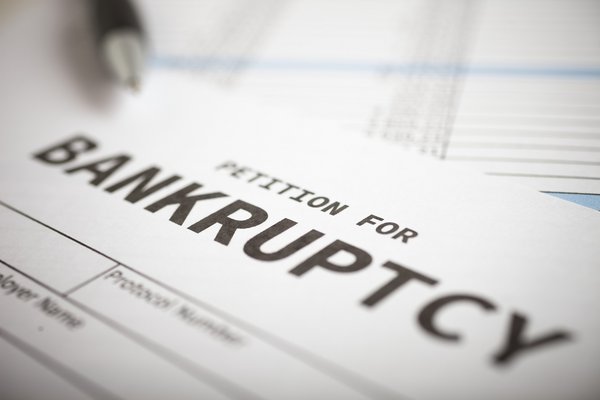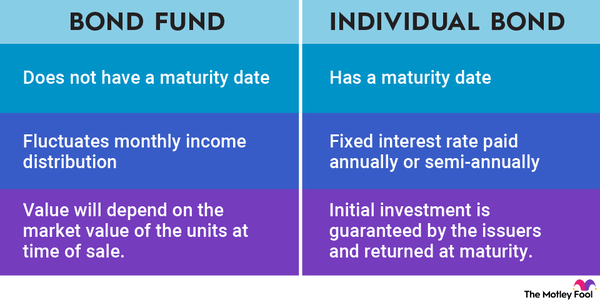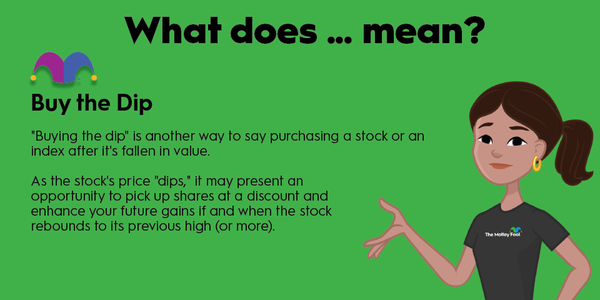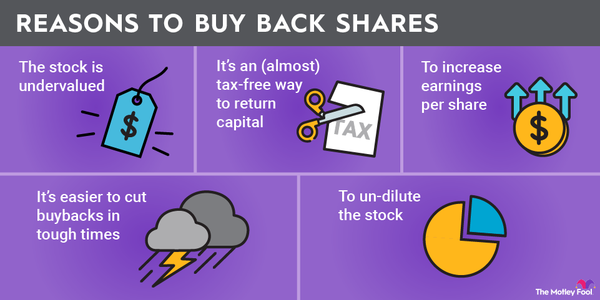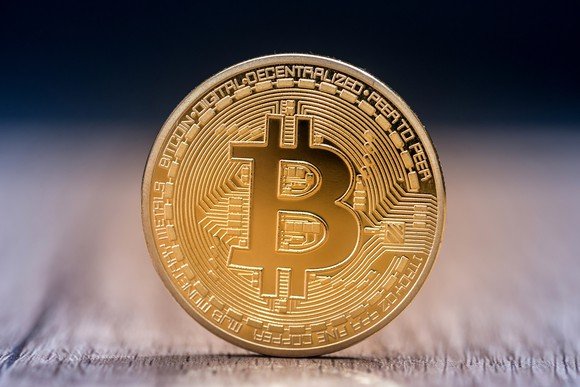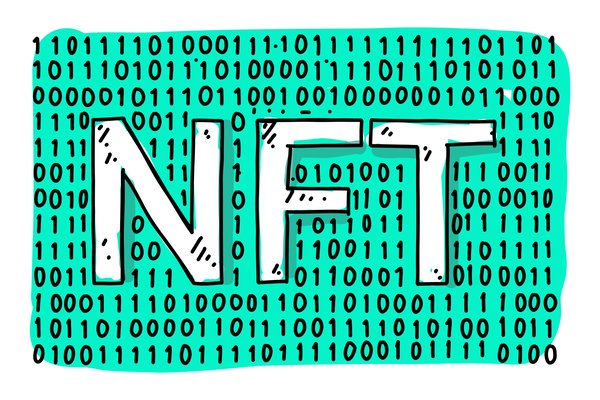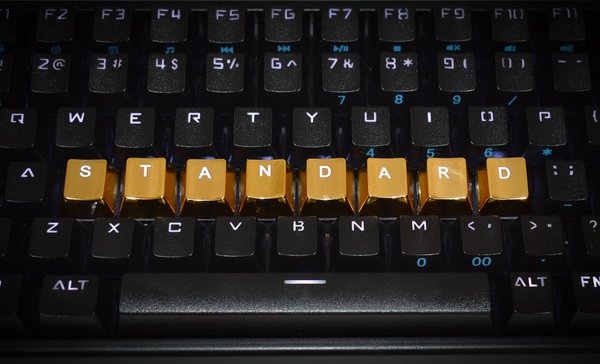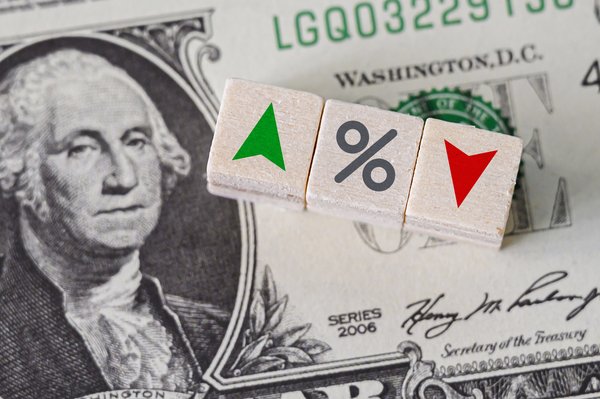When you place an order to buy a stock, option, exchange-traded fund (ETF), or another investment vehicle, you can simply click the buy button and choose a market order, which fills your order at the best available price at that exact moment. However, there are other ways to buy stocks, and using a buy limit order is a common alternative.
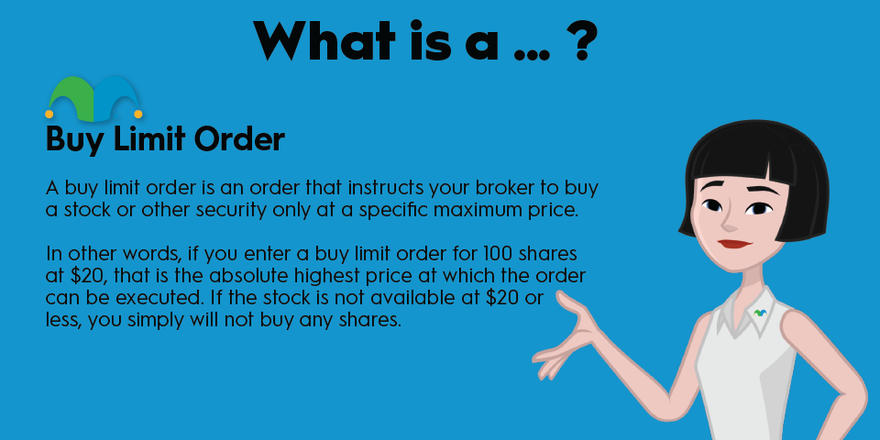
What is a buy limit order?
What is a buy limit order?
A buy limit order is an order that instructs your broker to buy a stock or other security only at a specific maximum price. In other words, if you enter a buy limit order for 100 shares at $20, that is the absolute highest price at which the order can be executed. If the stock is not available at $20 or less, you simply will not buy any shares.
There also can be a sell limit order, which sets the lowest allowable price at which you're willing to sell a security. Collectively, buy and sell orders placed with limits are simply known as "limit orders."
It's also worth noting that you can usually set time limits on buy limit orders. You may have the option of using a buy limit order that expires at the end of the trading day or one in effect until you decide to cancel it (known as "good until canceled," or GTC).
Why use a buy limit order?
Why use a buy limit order?
Obviously, the biggest advantage of using a buy limit order is that you can avoid overpaying for a stock. For example, if your analysis shows that $18 is an attractive price for a stock and it is currently trading at $20, you can set a buy limit order for $18 that will be filled if and when the price comes down.
However, buy limit orders have drawbacks as well. For one thing, they aren't always executed. So if you really want to own a stock, a buy limit order might not be the best choice. There's also the possibility that you could end up with an unfavorable price if a stock is plunging.
For example, let's say a stock is trading at $50 and you have a buy limit order for $48. Then, news claiming the company is being investigated for fraud is released and the stock plunges to $30 in a matter of minutes. Because your buy limit order gives your broker permission to pull the trigger at any price of $48 or less, you could end up paying more than if you had simply let the market volatility play out.
Should you use a buy limit order when you buy stocks?
Should you use a buy limit order when you buy stocks?
If you're a long-term investor and simply want to own shares of a particular company and hold them for the long run, using a buy limit order won't likely make a ton of difference. For example, if you have long-term conviction in Apple (AAPL -0.35%) and think it's trading at a fair price right now, there's little reason to use a buy limit order that could save you a few cents (or not get filled at all).
However, there's a solid case to be made for buy limit orders if you only want to buy a stock if it reaches a certain price. Value investors commonly use this tactic, knowing that their orders will often go unfilled.
Related investing topics
Related investing topics
Example of using a buy limit order
Example of using a buy limit order
As of this writing, Microsoft (MSFT 1.82%) trades for $343.87 per share. Let's say I do some analysis and decide I'd like to own Microsoft, but only if I could buy it at $330 or less. So I set a buy limit order to purchase 10 shares at a maximum price of $330, good until I cancel it.
The order will not be fulfilled if the stock doesn't drop to $330 or less. I can decide to leave it open for as long as I want, cancel it, or replace it with a buy limit order with a higher minimum price. If it drops -- let's say the stock opens tomorrow at $326 -- the order will be fulfilled at the best possible price at the first moment it trades below the limit price.


